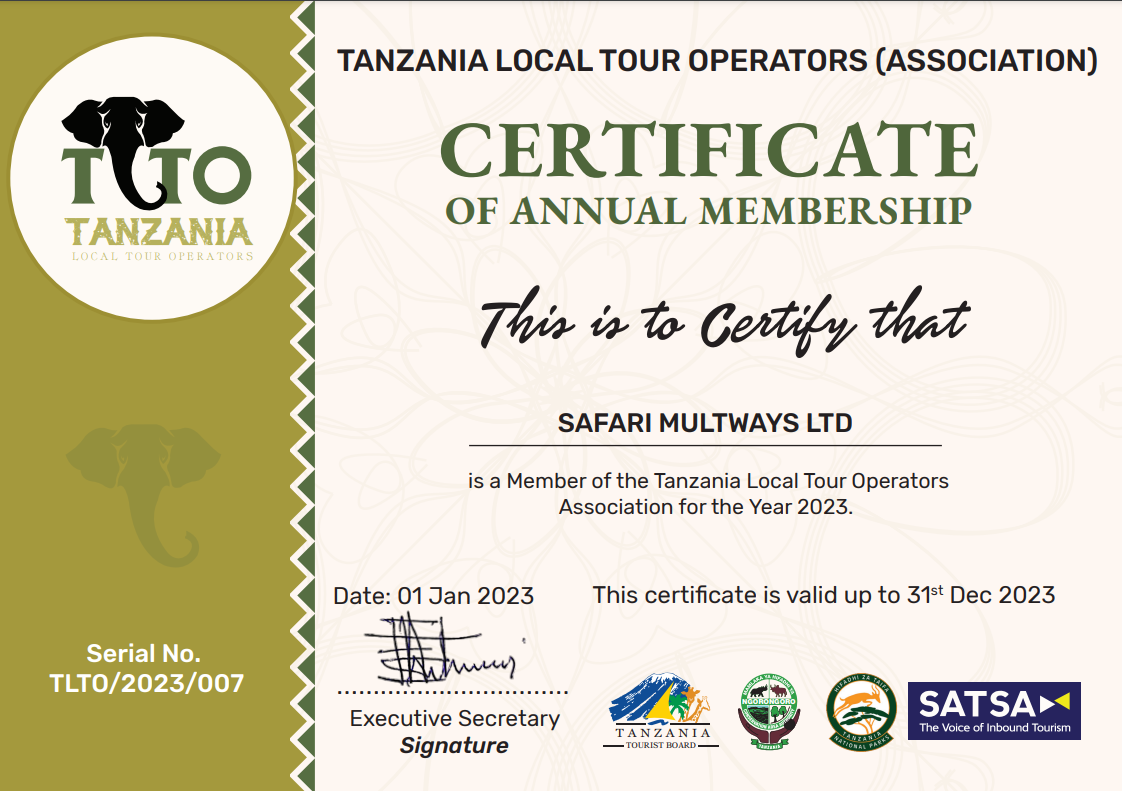Ngorongoro Crater: A Geological Wonder in Tanzania
Exploring the Mysteries of Ngorongoro Crater
Nestled in the heart of Tanzania lies the Ngorongoro Crater, a geological wonder that has captivated the minds of explorers, scientists, and tourists alike. This natural marvel is a UNESCO World Heritage Site and is often referred to as the "Eighth Wonder of the World". The Ngorongoro Crater is the world’s largest unbroken caldera, formed over two million years ago when a massive volcano erupted and collapsed on itself, creating a vast bowl-like structure that spans over 260 square kilometers.
The Crater is home to a diverse ecosystem that supports a wide array of wildlife, including lions, elephants, zebras, and hippos. The lush grasslands and freshwater springs within the Crater provide a haven for these animals, making it a prime location for safari enthusiasts seeking a unique and unforgettable experience. The Ngorongoro Conservation Area, which encompasses the Crater, is a protected area that aims to preserve the natural beauty and biodiversity of this unique landscape.
As visitors descend into the Crater, they are greeted with breathtaking views of the surrounding plains and the shimmering waters of Lake Magadi. The Crater floor is dotted with acacia trees and grasslands, creating a picturesque backdrop for the wildlife that roams freely within its confines. The Ngorongoro Crater is a photographer’s paradise, offering stunning vistas and close encounters with some of Africa’s most iconic animals.
Unraveling the Geological Wonders of Tanzania’s Ngorongoro Crater
The geological history of the Ngorongoro Crater is a fascinating tale of volcanic activity and natural evolution. The Crater was formed when a massive volcano, known as Ngorongoro Volcano, erupted and collapsed on itself, creating a caldera that is over 600 meters deep. The walls of the Crater rise steeply, creating a natural barrier that encloses the diverse ecosystem within.
The Crater’s geology is a patchwork of different rock formations, including lava flows, ash deposits, and sedimentary rocks. The volcanic soils within the Crater are rich in minerals, which support the lush vegetation that sustains the wildlife population. The Crater’s unique topography and climate create a microcosm of ecosystems, from open grasslands to dense forests, providing a rich tapestry of habitats for a wide variety of species.
One of the most intriguing features of the Ngorongoro Crater is the presence of the Lerai Forest, a dense woodland that lines the Crater walls and provides a stark contrast to the open savannah below. The forest is home to a diverse array of plant species, including fig trees, acacias, and ferns, creating a lush oasis within the arid landscape of the Crater.
In conclusion, the Ngorongoro Crater is a geological marvel that continues to awe and inspire all who visit. Its unique topography, rich biodiversity, and stunning landscapes make it a must-see destination for anyone interested in exploring the natural wonders of Tanzania. Whether you’re a wildlife enthusiast, a geology buff, or simply a curious traveler, the Ngorongoro Crater has something to offer for everyone. So pack your bags, grab your camera, and prepare to unravel the mysteries of this incredible geological wonder in the heart of East Africa.



